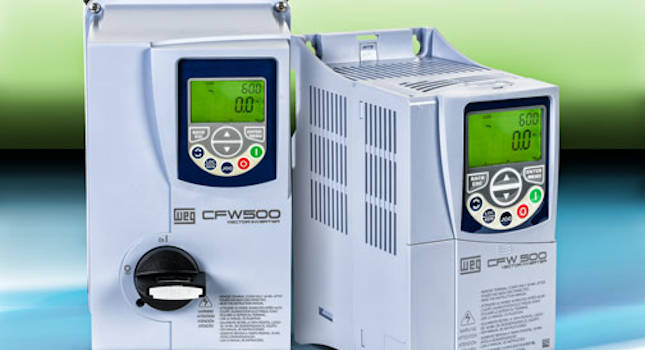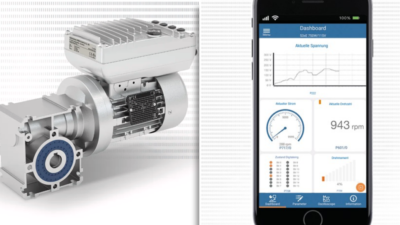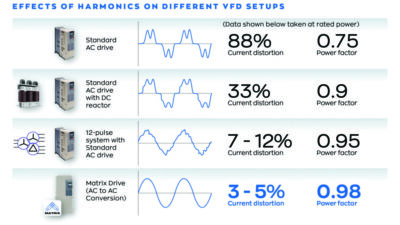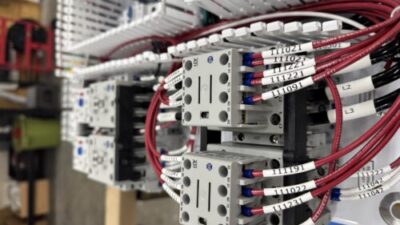Using a variable speed drive (VSD) can help save money and the environment in many different manufacturing applications.

Energy savings are a standout benefit of variable speed drives (VSDs), and the explanation for this characteristic lies with their ability to control speed. In applications where traditional belts or gear boxes are used to lower speed, the motor still runs at full speed, resulting in unnecessary energy loss.
Arguably the most notable energy savings from VSDs will be experienced in applications such as fans, pumps and compressors, as loads increase with speed when running such devices. Using a VSD to adjust the flow rate of fans and pumps has a significant impact on the flow curve, which has the knock-on effect of lowering the required power.
To give a tangible idea of savings, lowering the running speed of a fan or pump by a modest 10% could reduce power consumption by a worthwhile 25%. The good news is that the savings continue to multiply in proportion. Let’s take a closer look at three applications where opting for a VSD really pays dividends.
Fans and air-handling equipment
The energy efficiency of VSDs is a common benefit across many motor applications, not least fans. It is well documented that air-handling equipment is capable of consuming large amounts of energy. Therefore, any discerning production or plant manager will want to give careful thought to energy management.
Such are the energy savings that can be accrued from the adoption of a VSD in fan applications that the reduction in electricity consumption alone can often justify the purchase. However, there are additional savings that can be achieved through reduced mechanical wear and associated maintenance. The gradual acceleration of the motor from standstill promotes extended service life, but in comparison, if not using a VSD, the motor will start instantly with a large current, which can be highly detrimental to motor longevity. In addition, the power ‘demand charge’ is reduced as the motor can be started without any surge in current.
Pump applications
Most pump users opt for either a VSD or soft starter. While the latter can reduce known effects such as water hammering due to pressure surge, a drive can deliver the same outcome, but with the added advantage of providing complete pump speed control during run mode.
A VSD is able to offer far more efficient flow control simply by altering the pump motor speed in line with requirements. Rather than changing the system resistance to modulate flow, as is the case with a throttling valve, the use of a VSD sees the pump speed change.
Compressor systems
A VSD in a compressor system can stabilize the up and down pressure in the pipe network, potentially even eliminating pressure fluctuations altogether. The upshot of this capability is that all compressors operating in the system can run at the lowest pressure needed to meet production requirements and reduce the power loss caused by the fluctuation of upward pressure. Additionally, the potential for system leaks is minimized thanks to the lower system pressure.
The major benefit of using a VSD in compressor applications is that it automatically adjusts its motor speed to the air demand. Estimates vary, but in terms of energy savings, using a VSD compressor in comparison to a fixed speed, idling or load/unload compressor, could comfortably produce energy savings of 35-50%.
Modern VSDs also offer numerous safety features, such as protection against power surges and short circuits, as well as safety torque off (STO) functionality. By adopting a drive offering such features, compressor original equipment manufacturers (OEMs) can avoid the requirement for certain electrical components that include motor circuit breakers and contactors, thus reducing costs. This strategy also boosts system reliability for the end-user and, in turn, reduces the risk of system downtime.
– This originally appeared on Control Engineering Europe’s website. Edited by Chris Vavra, web content manager, Control Engineering, CFE Media and Technology, [email protected].



